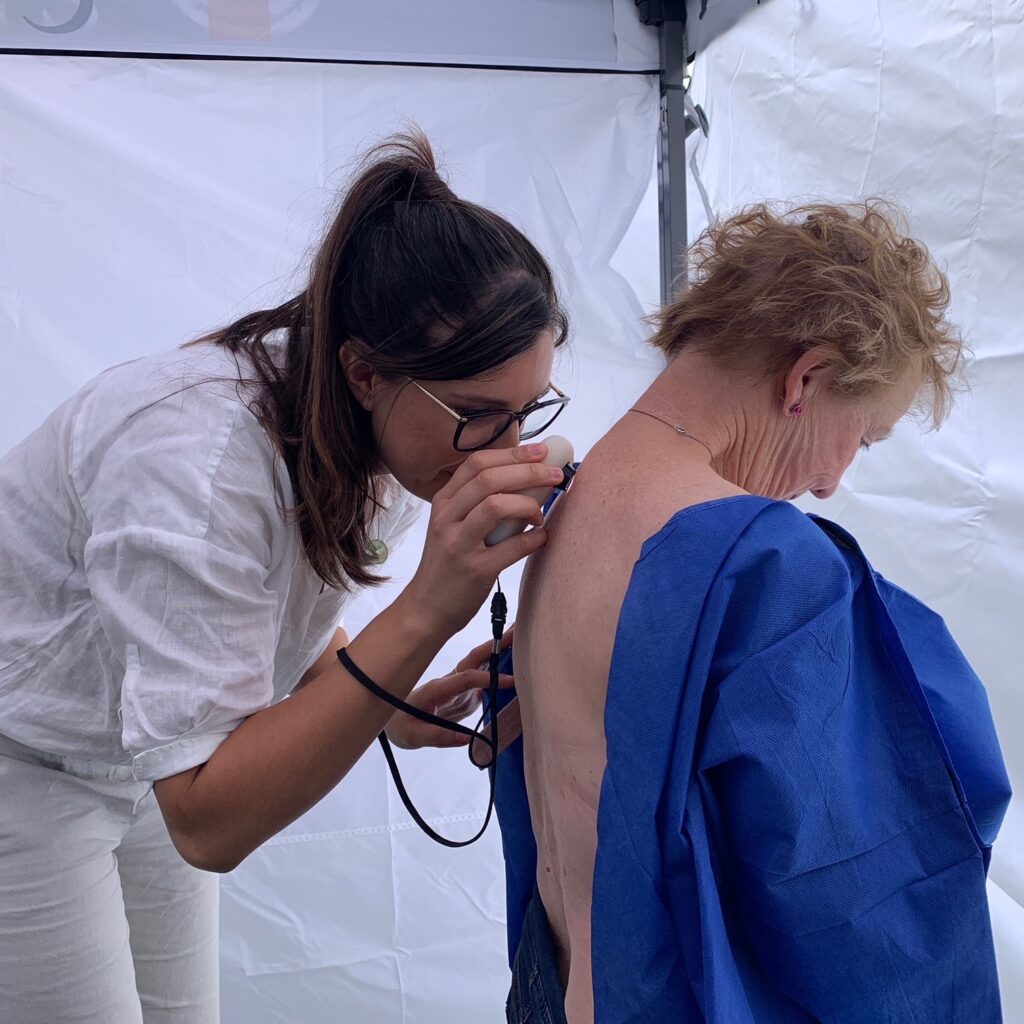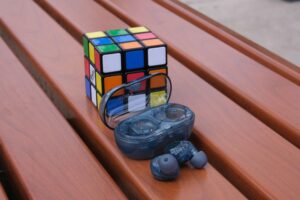
Australia is pioneering a nurse-led model for skin cancer detection, a move that could potentially save thousands of lives, according to a recent paper published by University of South Australia (UniSA) researchers. With the nation grappling with the world’s highest melanoma rates—where two in three Australians are diagnosed with skin cancer by age 70—this innovative approach aims to reverse the alarming trend.
Since its launch in February 2023, the model has been implemented across 13 regional and rural mobile clinics in South Australia. It leverages primary care nurses trained in dermoscopy and artificial intelligence (AI) to identify suspicious skin lesions. To date, over 1,200 individuals have been screened, resulting in the identification of hundreds of suspicious lesions, including 96 suspected melanoma cases.
Addressing Healthcare Gaps in Rural Areas
Dr. Kim Gibson, lead author and researcher at UniSA’s Rosemary Bryant AO Research Centre (RBRC), highlights the gaps in the current healthcare system. “The reliance on opportunistic, GP-led skin checks leaves significant healthcare gaps, especially for Australians in rural and regional areas,” Dr. Gibson notes. The model empowers nurses, who constitute the largest health workforce in these areas, to bridge this gap effectively.
Annually, more than 2,200 Australians succumb to skin cancer, with melanoma accounting for 1,400 of these deaths. The economic burden is projected to reach $8.7 billion by 2030 without urgent reforms. “In country areas, there are serious GP shortages, long waiting times, and limited access to dermatologists,” Dr. Gibson adds. By training nurses to lead skin cancer detection, these barriers can be significantly reduced.
Training and Expanding the Nurse-Led Model
Since the initiative’s inception, the RBRC has trained 51 nurses in dermoscopy and AI, with plans to educate 600 primary care nurses nationwide. Co-author and RBRC Director, Professor Marion Eckert, envisions further training enabling nurse practitioners to perform biopsies and excisions, alleviating pressure on overstretched medical services.
“This approach is all about reducing inequities. Rural Australians are more likely to develop melanoma due to outdoor work and are also more likely to die from it,” Prof Eckert explains. “By bringing services to communities and using nurses’ expertise, we can detect skin cancer earlier.”
Integration into National Strategy
The timing of this proposal is crucial as Australia develops a National Targeted Skin Cancer Screening Program focusing on high-risk groups, particularly in rural areas. The UniSA team strongly advocates for integrating nurses into this national strategy. “By embedding nurses into the frontline of melanoma detection, the national program can be more efficient, accessible, and cost-effective,” Prof Eckert states.
Nurse-led models have already shown success in other healthcare areas, such as breast cancer screening, making skin cancer detection a logical next step. The research, supported by The Hospital Research Foundation, Preventative Health SA, and others, underscores the potential of this model to transform skin cancer care in Australia.
The discussion paper, titled ‘A nurse-led model of care in response to Australia’s skin cancer crisis: A discussion paper’, is published in Collegian, the official journal of the Australian College of Nursing. DOI: 10.1016/j.colegn.2025.07.002






